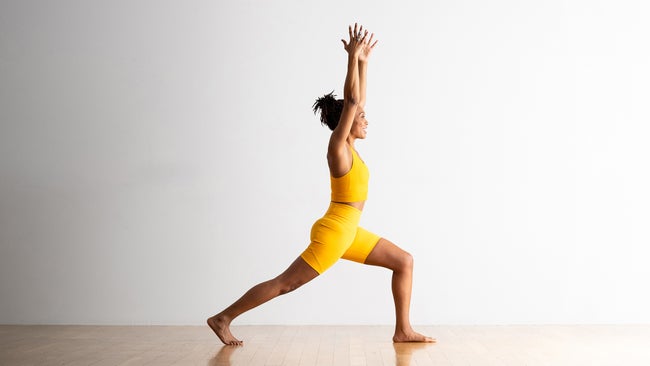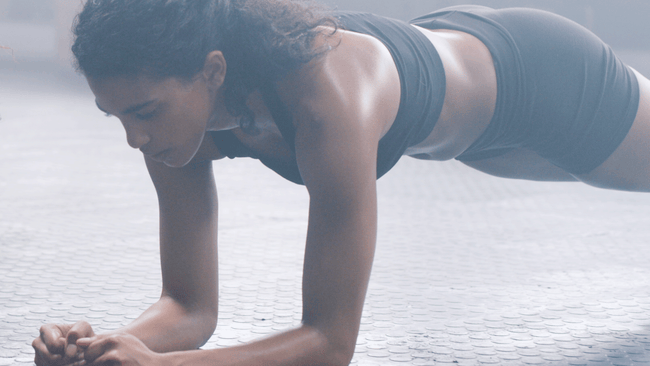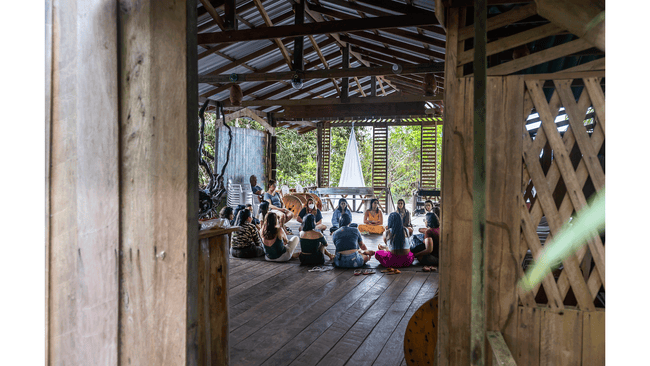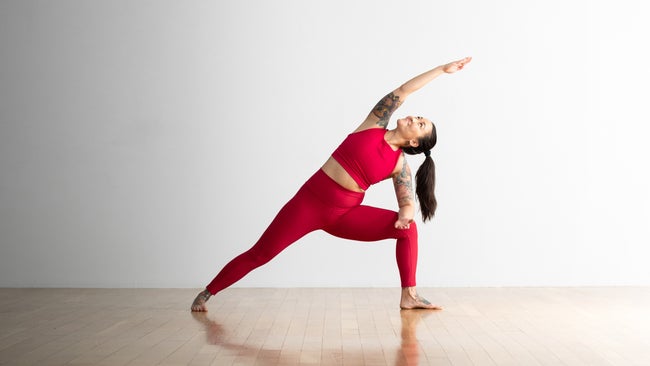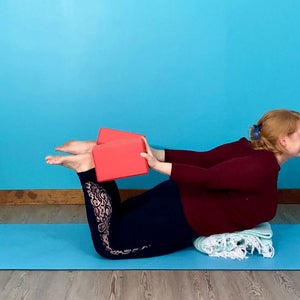15-Minute Heat-Building Yoga Practice to Warm You This Winter
The yoga equivalent of sitting next to a cozy campfire.

Don't miss new adventures
Get all the latest delivered to your feed.
The yoga equivalent of sitting next to a cozy campfire.
Puzzled by Marichyasana I? Build the pose from its composite parts to extract its subtle essence.
Find poses that help with insomnia to get a restful night's sleep.
Establish a regular personal practice, and yoga's benefits—including a steady mind and strong, flexible body—will come.
One of yoga's best backbends for beginners, Bridge Pose can fire you up or cool you down depending on what you need.
Check out Esther Myers's author page.
Cyndi Lee offers suggestions for sequencing backbends safely.
A prescription of asanas to help balance the subtle energies of the chakra system.
Approach advanced backbends with skillful sequencing, working the key components, and you'll feel the benefits.
Our favorite instructional tips from teachers this year. Take them with you next time you unroll your mat and tackle the trickiest asanas.
Fire up your core strength as you fly into Tittibhasana.
Savasana is a pose of total relaxation—making it one of the most challenging.
Let yourself be an expression of joy and beauty as you open your heart in Vasisthasana.
Plus tips for beginner, intermediate, and experienced practitioners.
No props, weights, or gym required. Just you and these yoga-related moves.
Here's everything you need to know to select the one that's best for you.
We're experiencing a loneliness pandemic. Here's how you can learn to show up for yourself during one of the hardest times of the year.
Everything you need to know as you begin your practice, from basic poses to deciphering a class schedule
A glimpse ahead at the influences affecting you throughout the year.
Working toward the full expression of Dhanurasana? These five poses will help you appreciate where your body is now.
Join Rina Deshpande—teacher, writer, artist, and poet—for an immersion into the richness of the yama, ethical practices outlined in the Yoga Sutra as the first of the eight-limbed path of classical yoga.
